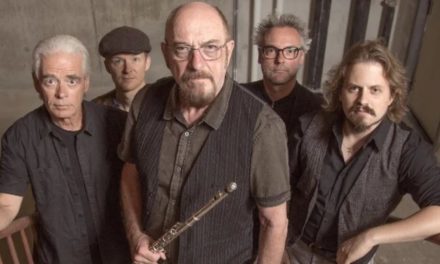New Zealand musician Benee (pictured) has created a song that helps reduce anxiety, tests have shown.
Music hath charms to soothe a savage breast, to soften rocks, or bend a knotted oak.
So wrote English playwright and poet William Congreve more than 300 years ago in his play ‘The Mourning Bride’.
Music does indeed have charms, and it has a pulse. And it is this pulse that flows through humans. It soothes, it rocks, it bends.
It can shake, rattle and roll you, it can send you on wings of ecstasy, and it can lay you down to bring a murmuring to, and of, the heart.
Which is where news has arrived from across the Tasman in recent days.
New Zealand musician Benee, in tandem with scientists at the Auckland University of Technology, has produced the song ‘Bagels’, based on the premise of creating a musical flow of relaxation to ease anxiety in young people. Money from the song’s streaming is going to mental health charity Youthline.
EEG tests of 30 young people listening to the song found reduced activity in the part of the brain where anxiety lives. It was slightly more effective than ‘Weightless’ by Marconi Union, which is described as a leading example of relaxation. Marconi Union also worked with sound therapists.
‘Bagels’ flows along at 60 to 80 beats per minute and in 4/4 time. The beats per minute are important for they’re close to the resting heart rate of a human. Music and heart become in sync. Electronic dance music is about 130 BPM. Then there is speedcore at 200 BPM, and then there is the track ‘Thousand’ by Moby, reportedly at 1000 BPM. Relaxation it is not.
The charms of relaxation are based on harmony, repetition, with no dissonance or sudden time changes. Basically, nothing to scare the horses. Excitable music relies on key or tempo change. Relaxation is the warm bath.
PLEASE HELP US CONTINUE TO THRIVE BY BECOMING AN OFFICIAL FOOTYOLOGY PATRON. JUST CLICK THIS LINK.
There is a genre that can fill that bath. It’s called ambient music, or more unkindly it may be heard as one of a type of elevator music. Still, that doesn’t detract from the seriousness with which it is held.
The English musician Brian Eno reportedly created the term in the 1970s. Who can forget his Ambient 1: Music for Airports? Which may be unkind – after all, you can’t hum along to ambience.
Before airports, the easing of tension within a body and mind through music is centuries old, as the Congreve quote attests. While Celtic music is known for its jigs and reels, it also has a river of melancholy running through it, which is no better illustrated than from three centuries ago in the form of blind harpist Turlough O’Carolan. His ‘Farewell to Music’ is the heart becalmed.
Indeed, as much as science can be instrumental in helping create relaxing music, there are limitations. Music may be universal but its reception is not. Different cultures have different ears. What is a natural scale to Western ears is not so for Middle-Eastern, Asian or African ears.
What is key to all is the harmonisation of soundwaves with brainwaves. For mine, it can be equally be the tonic of Pachelbel’s ‘Canon’ in D, Erik Satie’s ‘Gymnopedie No.1’, Bach’s ‘Air’ on the G String or even Brahm’s ‘Lullaby’.
One that can be safely discounted is John Cage’s ‘4’33’. The sounds of silence in this anti-song only build tension even if the music is supposed to be the outside environment filling in the tub. The outside world can be the soundtrack to relaxation, such as waterfalls and gentle rain.
But give me the note by human made that chimes within, and I’ll be at peace, and relaxed.











